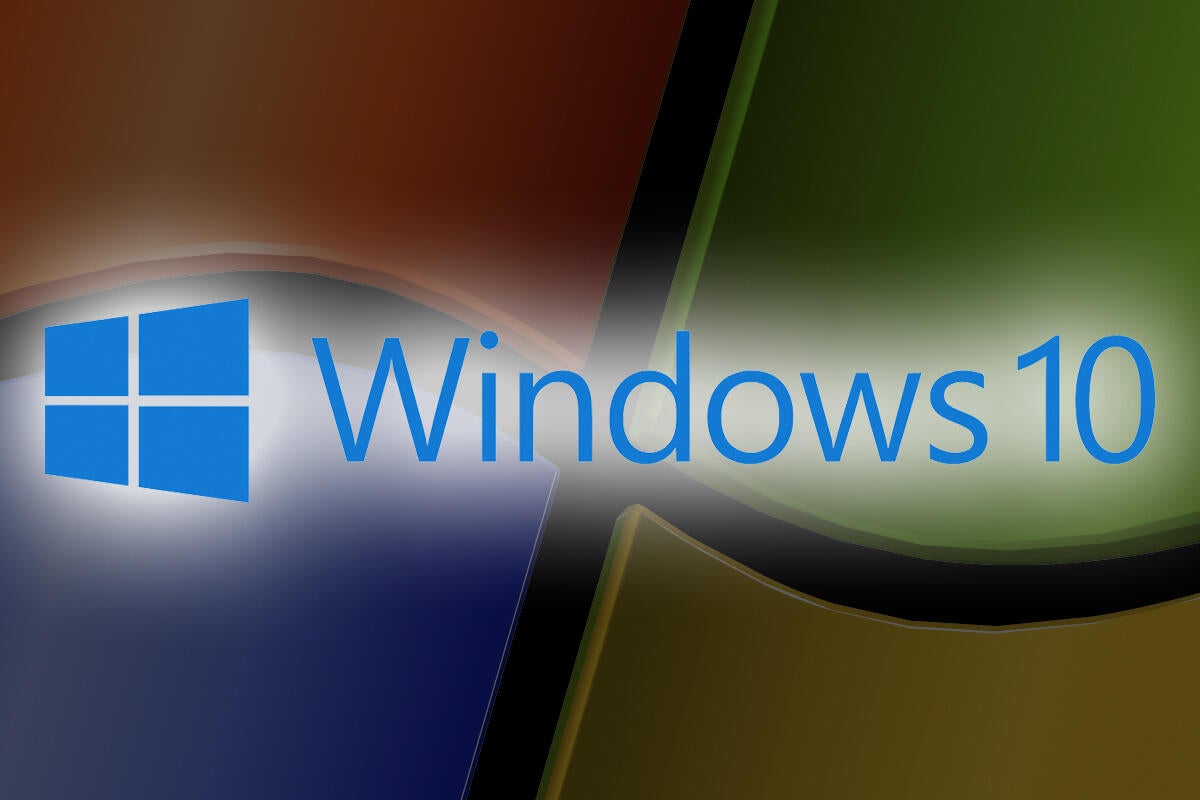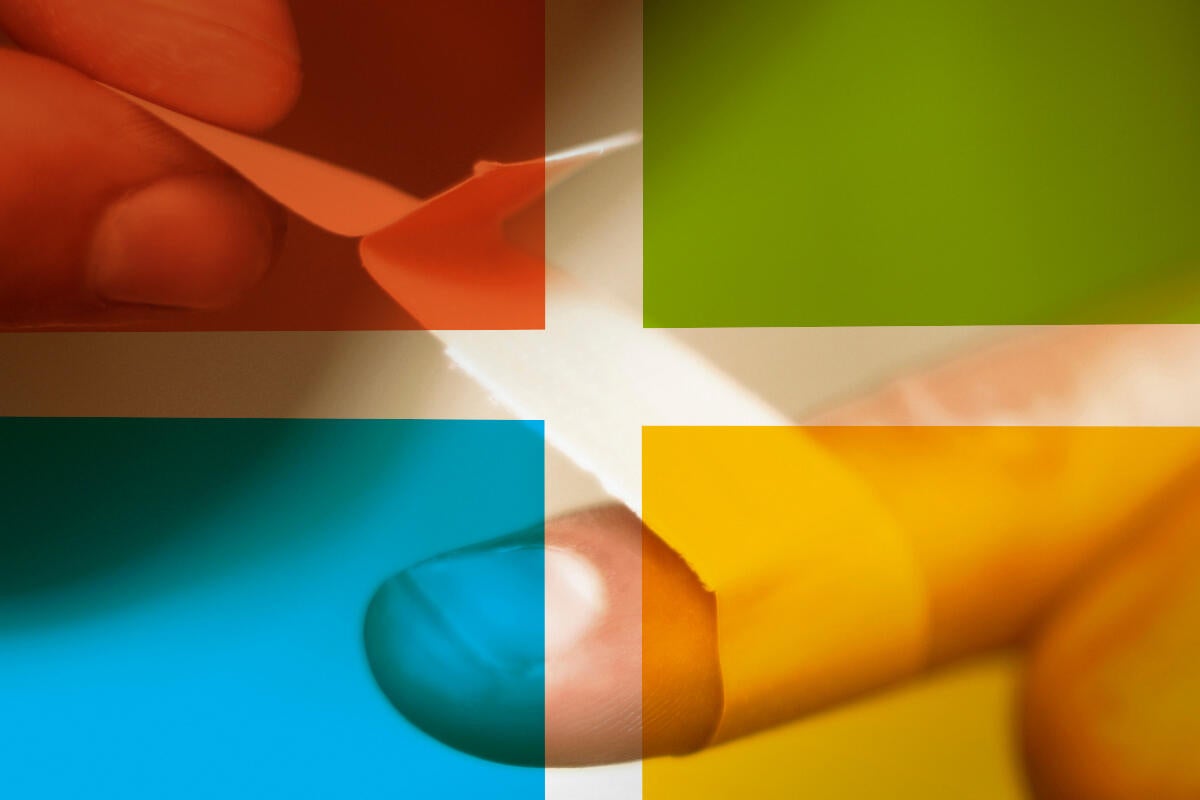Microsoft to Windows 7: Beat it, you bum

Credit to Author: Gregg Keizer| Date: Tue, 14 Jan 2020 12:36:00 -0800
Microsoft today figuratively told Window 7 – which ended support with a final security update – not to let the door hit it on the way out.
“Ten-year-old tech just can’t keep up,” Jared Spataro, an executive on the Microsoft 365 team, wrote in a post to a company blog. “As we end support for Windows 7, I encourage you to transition to these newer options right away.”
Not surprisingly, Spataro named those newer options as Windows 10 to replace Windows 7, and Office 365 to fill in for the retiring-in-October Office 2010. Combined, they make up the bulk of Microsoft 365, the business subscription plan Microsoft wants all customers to adopt.



